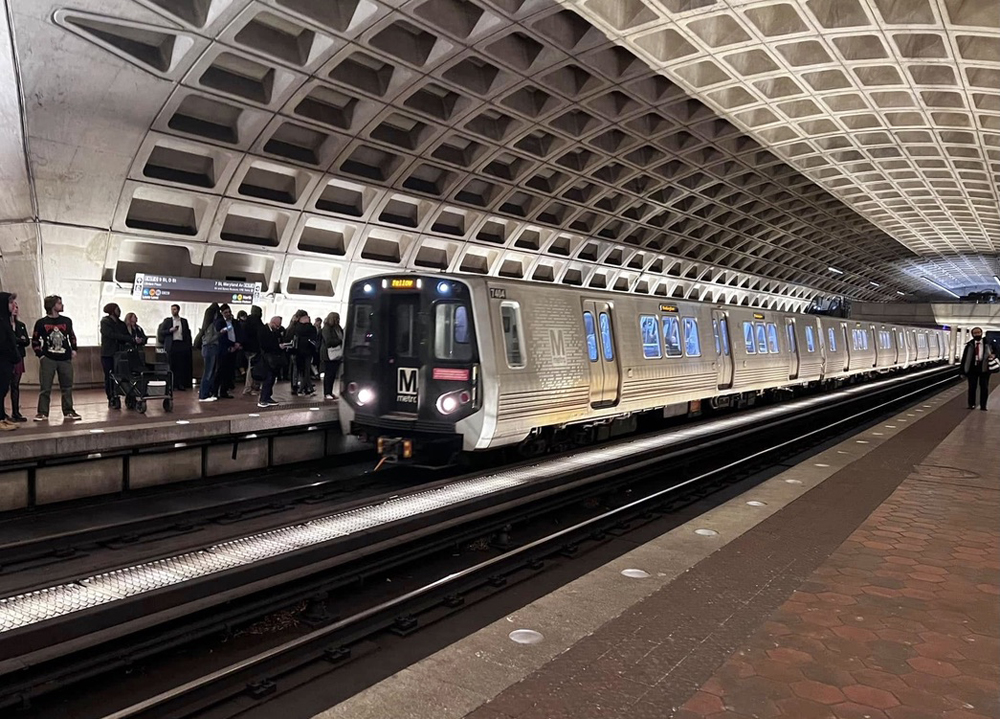
WASHINGTON — DC Metrorail will not be allowed to expand use of Automatic Train Operation, the automated system currently in use on its Red Line, because trains are overshooting station stops too frequently.
That was the decision Tuesday at a meeting of the Washington Metrorail Safety Commission, the independent agency overseeing rail operations of the Washington Metropolitan Area Transit Authority.
The Washington Post reports that the safety commission cited statistics that since the return of automated operations in December, 217 trains have overrun stations, a problem that has been reported since the first day ATO returned [see “Only minor issues reported …,” Trains News Wire, Dec. 16, 2024]. About 38% of the overruns are by three or more cars, the commission’s director of systems engineering, said during the meeting.
“Based on these continued overruns just on the Red Line, Metrorail’s automatic train system cannot be relied upon to make station stops at fixed locations, which is the whole point of ATO,” Smith said
But WMATA disputes the commission’s decision, saying only three of every 10,000 train stops experienced overruns, and pointing out the automated trains have not run a red signal while human operators have done so three times. A WMATA representative told the Post that ATO has been “a safety and efficiency success,” and that the agency is prepared to expand ATO operations to the Green Line immediately and other lines this summer. The agency also says use of the automated system saves four minutes off each run over the length of the Red Line.
The ATO system has been a feature of the Metrorail system since it opened in 1976. It was disabled in 2009 following a fatal accident, although the investigation determined automation not at fault. WMATA underwent a lengthy process to gain permission from the commission for ATO’s return [see “DC Metrorail gets approval …,” News Wire, Dec. 11, 2024].
The commission’s decision to block increased use of ATO could set the stage for another disagreement with WMATA similar to the one that developed when the agency’s 7000-series cars were pulled from service over wheel issues that led to an October 2021 derailment. U.S. Sens. Mark Warner and Tim Kaine of Virginia eventually brokered an agreement that ended that dispute [see “DC Metro, safety commission reach agreement …,” Trains News Wire, Oct. 26, 2022].






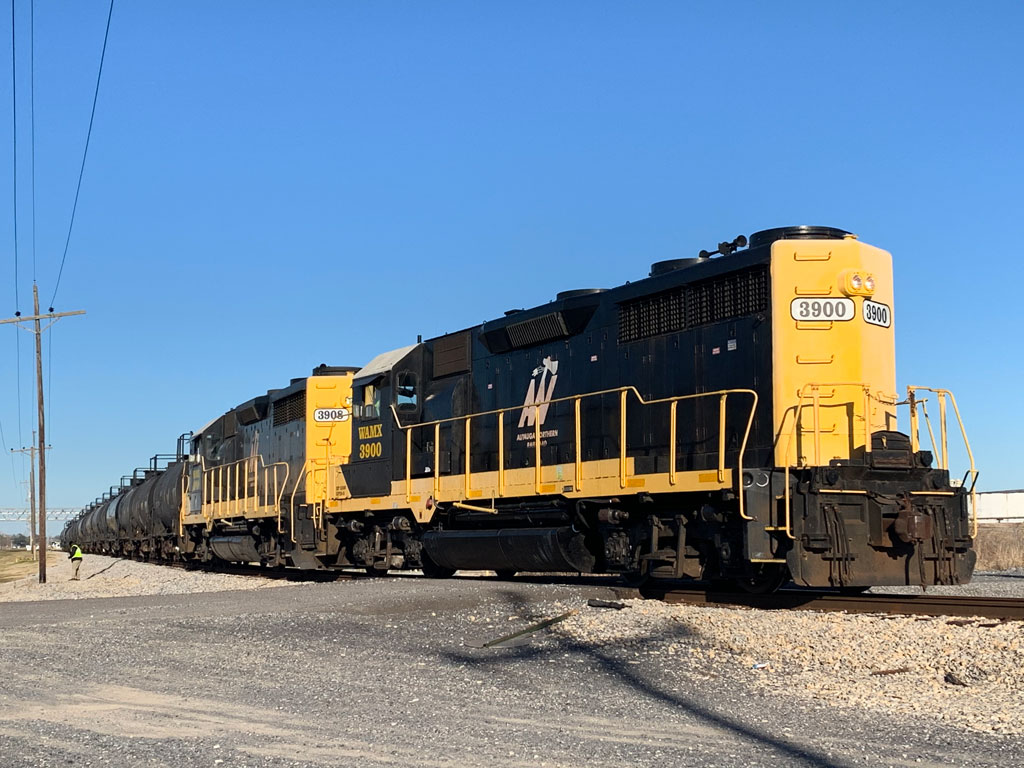

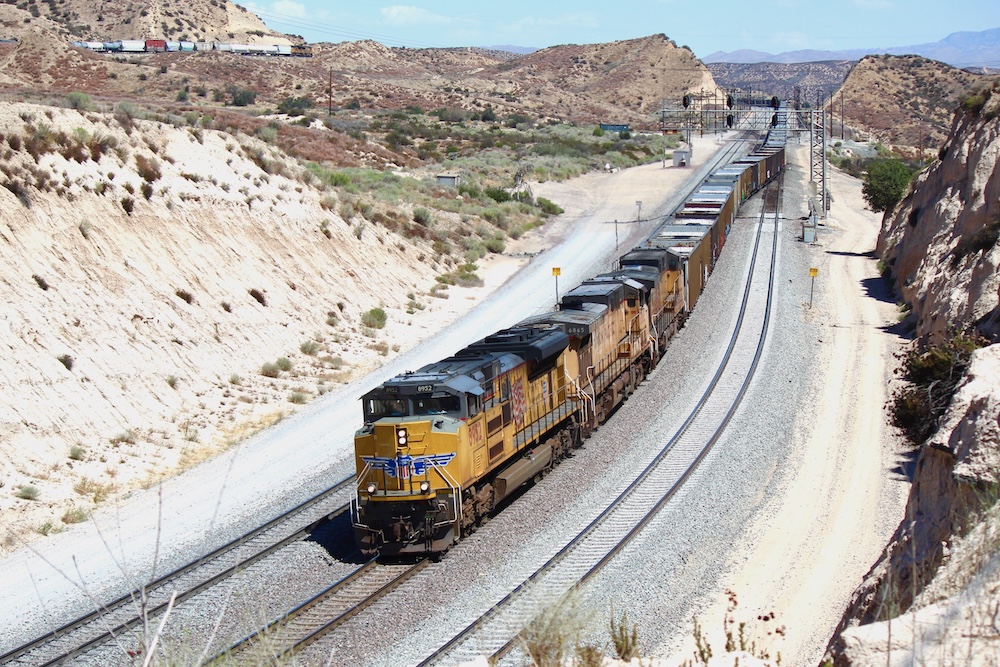
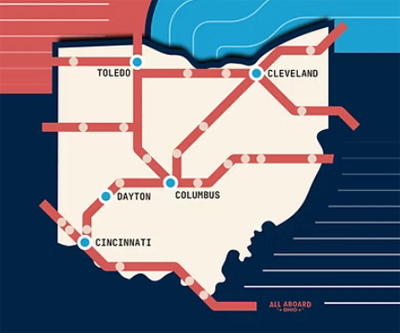

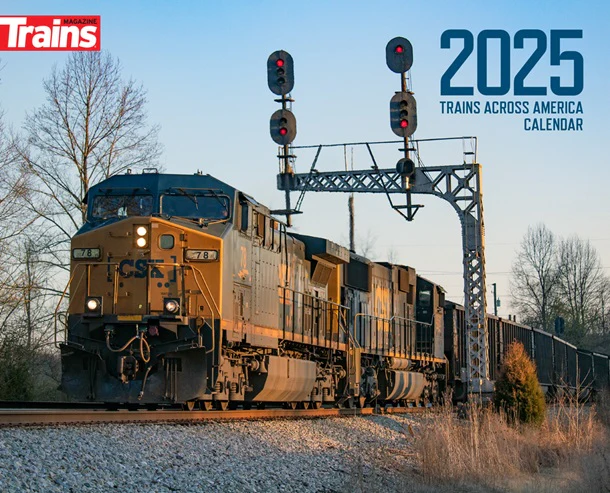


Correction = the trip valve is on one of the trucks to have a better wheel rail relationship
Back in the day, Rapid Transit ,systems had a “trip” s ystem that prevented rear-end collisions.
There was a T-shaped device that could raise and lower, When a train came the trip raised. Each car had a valve, When the valve hit the trip, it would dump the air, stopping he train.
When the signal changed to “stop” the trip did not deploy until the train had left the block; otherwise the train would trip itself.